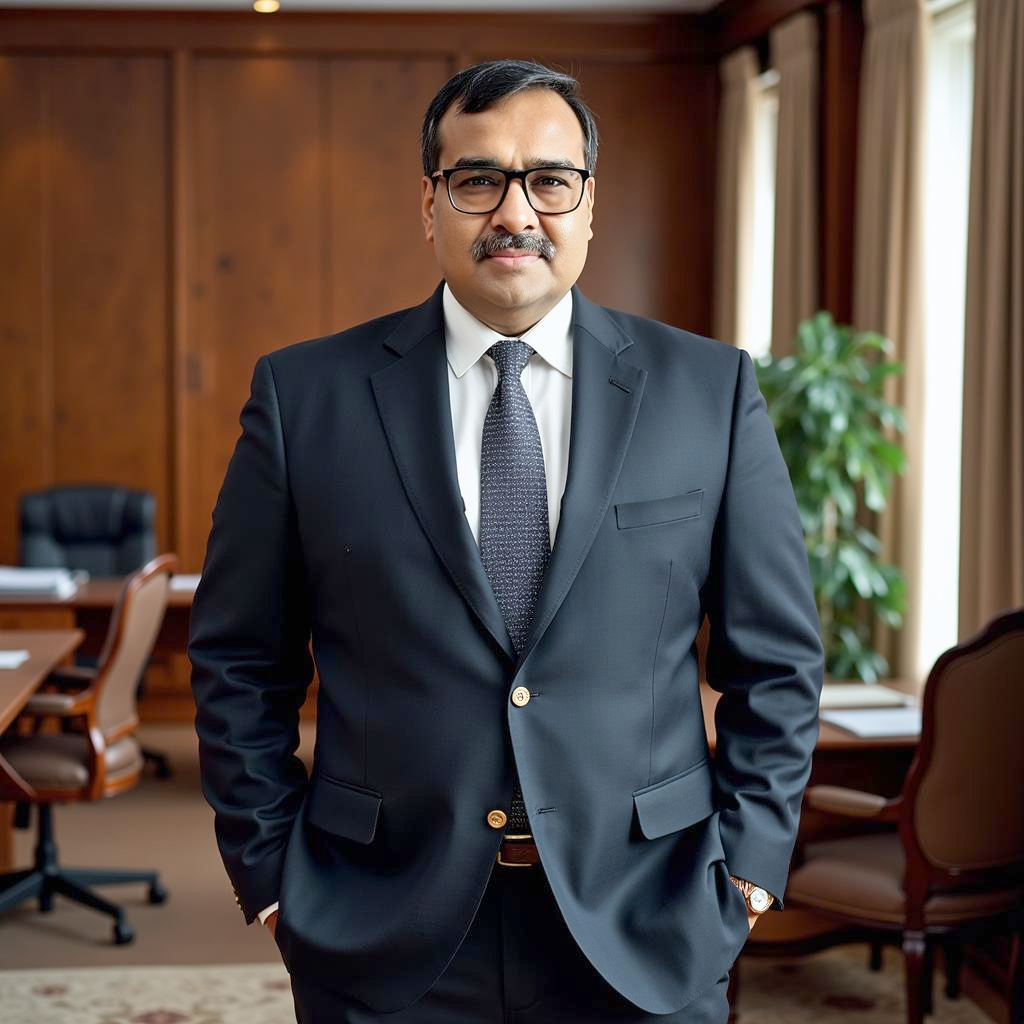During the two-day G-20 Summit hosted by India, questions were raised about the prevalence of English on the internet. With 5.1 billion people connected to the internet worldwide, nearly 15% face barriers due to language constraints. While only 25% of the world’s population speaks English, why do most websites and domain names remain exclusively in English?
In a public session, Sally Costerton, CEO of the Internet Corporation for Assigned Names and Numbers (ICANN), presented research data highlighting the need for universal Internet access, allowing people worldwide to use the Internet in their native languages and scripts. She emphasized the importance of governments and the private sector collaborating to make this vision a reality.
This move towards a multilingual internet aims to provide better services to diverse communities, including those who speak Arabic, Chinese, Hindi, and other languages, ultimately fostering a more inclusive online environment. As we discuss the transformation of the internet at the G-20 Summit, consider subscribing for more insights into the evolving digital landscape.
Let’s hear what Mr Ajay Data(UASG Chair 2019-2023) has to say on the topic:
Ajay Data has been part of a volunteer panel created by ICANN named Neo Brahmi Generation Panel which created label generation rules for Top Level Domain names to enable the official languages of Nepal, Bangladesh, Sri Lanka and India. Ajay Data was appointed member by the Ministry of Electronics & Information Technology &, Govt of India in the Stake Holder group] for Universal Acceptance and Multilingual Internet.
 Mr Ajay Data
Mr Ajay Data
“It is crucial to recognize that linguistic diversity is a fundamental aspect of the internet. India, a nation with a multitude of languages, is a prime example of this diversity. Embracing domains in languages like Hindi is not just a matter of convenience but a way of acknowledging and celebrating this rich linguistic heritage. Universal acceptance of domains in regional languages, such as Hindi, is essential for ensuring inclusivity and accessibility. Millions of internet users whose primary language is not English should have the same ease of access to online content and services. This aligns with the principle of “Sabka Saath Sabka Vikas,” which emphasizes development for all.
Accepting domains in regional languages empowers communities by enabling them to engage with the digital world in their preferred language. This, in turn, encourages greater participation in online activities, fostering digital literacy and economic growth across diverse linguistic groups. Recognizing and accepting multilingual domains aligns with the global standards set by organizations like ICANN and supports their initiatives to promote linguistic diversity on the internet. India’s leadership in advocating for this inclusivity can set an example for other nations. Enabling domains in languages like Hindi & other regional languages opens up economic opportunities, especially for local businesses and startups. It allows them to establish a strong online presence, connect with regional audiences, and contribute to India’s digital economy.
A user-friendly experience on the internet is essential for retaining and expanding India’s online user base. When users can access websites and services in their native language, it enhances their online experience and encourages them to explore the digital world more extensively. Achieving universal acceptance of domains in regional languages requires collaboration between the government and the private sector. Both stakeholders should work together to create an environment where linguistic diversity is not a barrier but an asset to India’s digital progress.”









